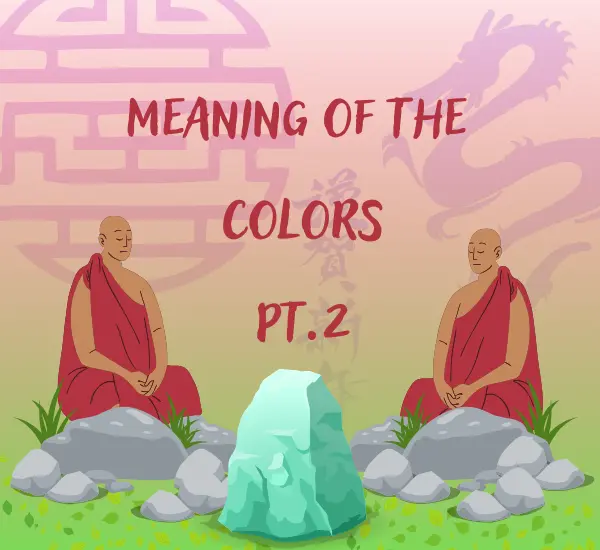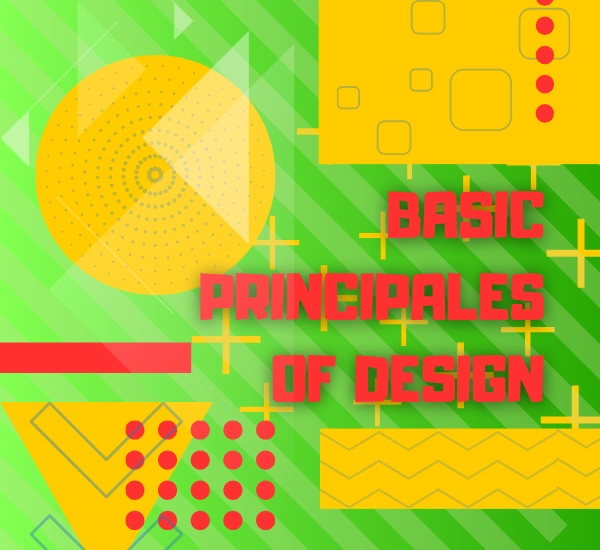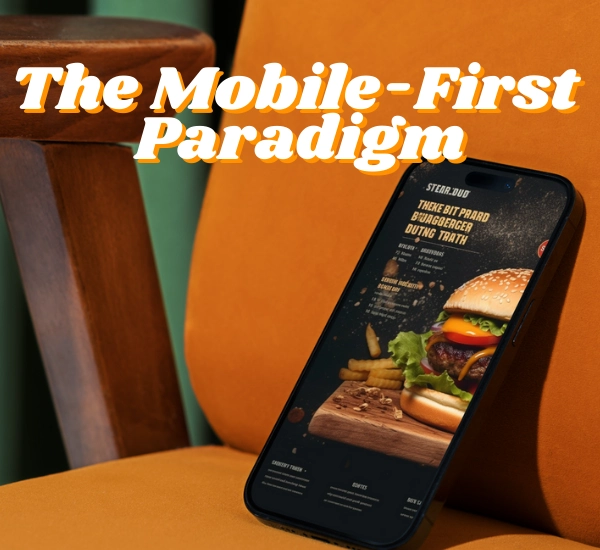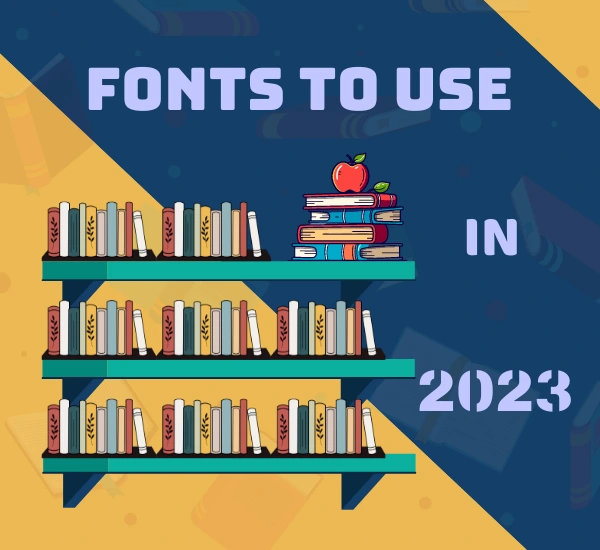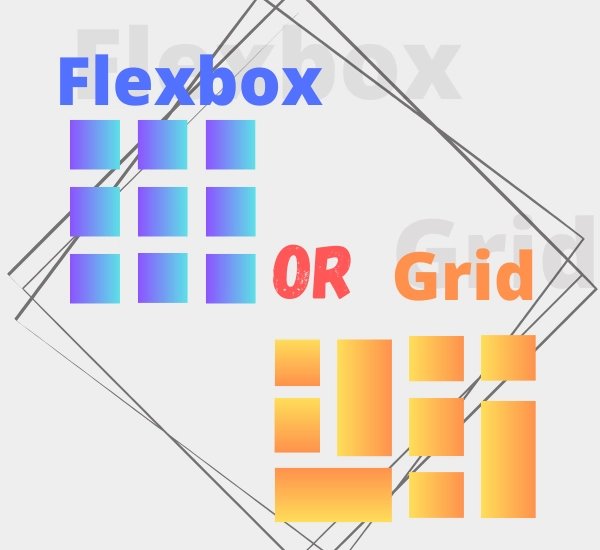
Harnessing the Power of Color Psychology in UI Design
Introduction
Color psychology studies the influence of colors on human perceptions, behaviors, and emotional responses. Each color has its own associations, often culturally influenced. For instance, red may symbolize love, passion, or warning, while blue is often associated with trust, calmness, and professionalism.
Why Color Choice Matters in UI Design?
When designing user interfaces, our goal is not only to aesthetically present information but also to communicate a message and elicit specific responses from users. This is precisely why color choice is a crucial aspect of UI design. Well-chosen colors can enhance user engagement, influence purchase decisions, or even establish positive brand associations.
Color Selection in UI Design
To effectively harness color psychology, we need to understand various color schemes and strategies for their selection. For instance, a monochromatic color scheme focuses on different shades of the same color, which can add harmony and tranquility. On the other hand, a complementary color scheme uses colors located opposite each other on the color wheel, creating contrasting and dynamic effects.
Emotions and Meanings of Colors in UI Design
When designing UI, it’s essential to consider that different industries or applications may require different emotions and associations. For example, the color yellow can be used in creative applications, as it symbolizes joy and optimism. In financial apps, a better choice might be green, associated with safety and stability.
Adapting Colors to the Target Audience
One key aspect of using colors in UI design is adapting them to the target audience. Different cultures and demographics may have varying associations with colors. Hence, understanding preferences and cultural aspects is vital to making designs more effective and user-friendly.
Practical Tips
In practice, designers should be mindful of the power of colors and use them in alignment with project goals. It’s also advisable to conduct tests with the target audience to ensure our choices meet user expectations.
Conclusion
In conclusion, color psychology is a valuable tool in UI design. Thoughtful color selection allows us to shape emotions, messages, and user experiences. We encourage you to apply this knowledge to create more engaging and effective user interfaces.





